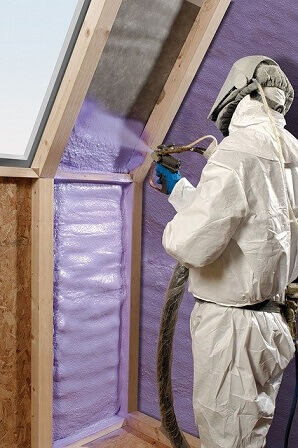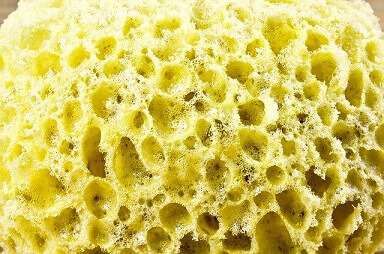Foam Products Industry
Foam products accounted for over $49 billion of global sales in 2015 and are used in a variety of products from seats, cushions, mattresses to linings and insulation. Foam can be rigid in the form of board insulation & cladding but also flexible such as in a sofa linings.
An example of a manufactured foam is a polyurethane foam which due to its formula is hypoallergenic, non-toxic and has the properties of memory foam. Different combinations and ratios of chemicals can be used to change the stiffness and hardness. By varying the output it is possible to create foams with dual hardness.
The manufacturing process for polyurethane foam begins with liquid chemicals being delivered by trucks and offloading into heated storage tanks to keep the contents in liquid form. Thermal oil is used to keep the tanks warm. 
The chemicals used are Polyol, which is a type of alcohol, with diisocyanate which combined create Polyurethane. Water is combined with a blowing agent and isocyanate which creates carbon dioxide. The gas forms bubbles within the polymerizing mixture.
The Tanks contents are then discharged to a smaller header tank which may be the day tank where positive displacement pumps continuously dose in a metered process into mixing heads where blending takes place mixing with a gas to foam. The foam is poured onto a moving conveyor creating a foam slab which is cut into the desired shape. The foam is cured for 12 hours to obtain the desired consistency as when he ated the gas bubbles are released causing bubbles to expand and release gas leaving behind a spongy material.
ated the gas bubbles are released causing bubbles to expand and release gas leaving behind a spongy material.
Other foams include appliance foams where liquid chemicals are injected between the inner and outer layer of an appliance. Latex Foam is created by natural latex mixed with air and additives to create a foam. The foam is placed within a mould and cured by either being baked, frozen, or under a vacuum.
Isocyanate foam is manufactured through the use of isocyanate and polyol resin. It is combined with MDI (Methylene diphenyl diisocyanate) or PMDI (Polymeric Methylene diphenyl diisocyanate). As it reacts with humidity, Nitrogen and a vacuum are used to prevent foam curing prematurely. The chemicals are mixed within a spraying nozzle as the foam is sprayed for use as insulation within structures such as houses, and vessels.
We offer pumps with the following features for use within the foam industry:
Magnetic drive pumps to ensure the foam is not exposed to air or moisture via a mechanical seal.
Gentle pumping motion ensuring consistency of finished product
Metered output with proportional dosing
Heating jacket to maintain the temperature of the liquid
Pump materials to handle the range of additives and entrained gas

The applications we can supply pumps for in the foam industry are:
Metering
Spraying
Tank transfer





